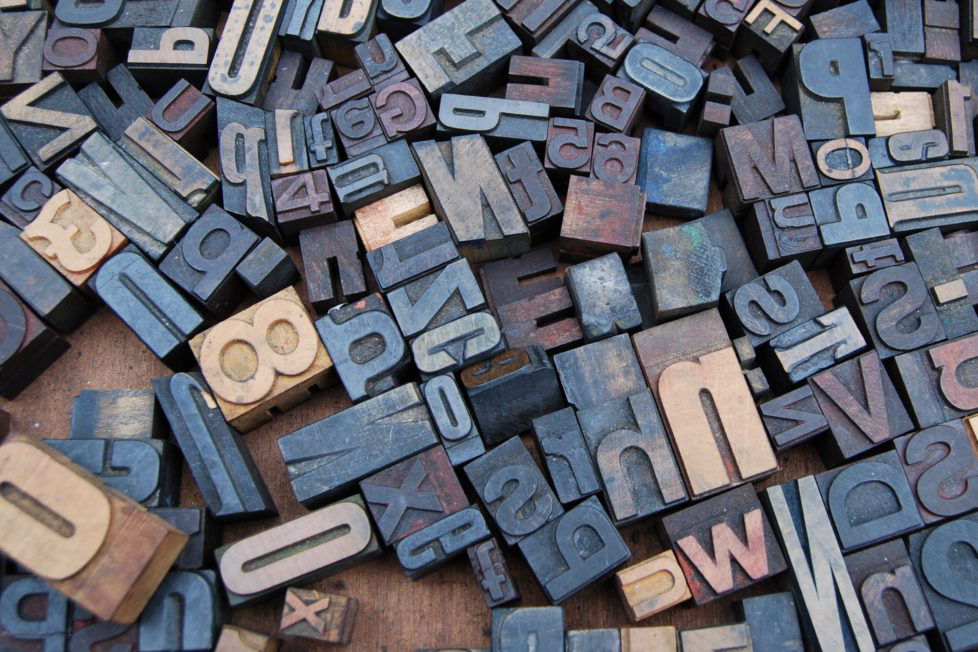Krishna, Krushn, or Krishno?
What's in a(n Indian) name?

What's in a(n Indian) name?

Someone recently forwarded me a video of veteran actor Amitabh Bachchan speaking about the correct pronunciation (and therefore, transliteration) of Indian words in English. “It is dharm, not dharma….. karm, not karma….” and so forth. The event title itself had “Ramayana” in it, which had also been flagged by someone forwarding as wrong – it should be corrected to “Ramayan”, went the reasoning.
Recently, I heard a child who was pronouncing the name of the popular deity quite correctly, being corrected by an overzealous teacher – “No, you should say it like this – Krushn.” Similarly, in a social media exchange, someone advised a “Prabavathy” to change her name to the correct spelling – “Prabhavati”. Such pronouncements only serve to display ignorance regarding the diverse spectrum of India’s languages.
Samskrit (aka Samskritam, Sanskrut and Sanskrit), the mother of most modern-day Indian languages, is the source of most Indian words that have entered the English vocabulary. It is also the source of most names we transliterate into English script. It consists of 34 consonants and 15 vowel sounds. English, on the other hand, has 21 consonants and 5 vowels. Any mapping of Samskrit sounds to English, would therefore necessitate that multiple Samskrit consonants correspond to a single English consonant, leading to ambiguity.
For example, in one popular scheme (mostly used in the Hindi-speaking parts of the country), ट and त are both represented by ‘t’, and ठ and थ both correspond to ‘th’. In an alternate, also-popular scheme (mostly used in the southern parts of the country), ट is represented by ‘t’, ड by ‘d’, while त is represented by ‘th’, and द by ‘dh’. In the former scheme, there is ambiguity about how letters such as ‘t’ should be pronounced (ट or त), while in the latter, this ambiguity has been resolved, but the ‘prana’ distinction (त or थ) is lost. Neither scheme is perfect – no scheme can be – given the fewer consonant sounds in English.
Similar mapping ambiguities arise with the vowels. ‘A’ has to stand in for both अ and आ, and so on for other vowels. The reason we Indians can correctly pronounce the English “maharaja” is simply because of prior knowledge. There is no other way one could know the first ‘a’ should be short and the other three, long. A particularly thorny problem is the sound ॠ that does not exist in English. Different schemes use ‘ri’ or ‘ru’ to approximate it, neither fully correct. अं may be pronounced and written either as ‘am’ or ‘an’ depending on the letter that comes next – but for the language of the gods, the authentic way to say it lies somewhere in between “Sanskrutam” and “Samskritam”.
Tamil, the other Indian language believed to be at least as ancient as Samskrit, is the mother of all the South Indian languages. The transliteration mapping becomes harder in some ways with these, as there are 2 more vowels, and upto 4 extra consonants compared to Samskrit. Some of the eastern Indian languages on the other hand, pronounce the ‘a’ much like an ’o’. They also tend to pronounce (and hence transliterate) the ‘v’ sound as ‘b’. So very western-sounding names like “Joy” or “Deb” may well be the quintessentially Indian “Jai” or “Dev“.
Now, let’s get back to the “dharm, karm, Ramayan” question. In Samskrit, they are correctly “dharmah”, “karma” (short, not long ‘-a‘) and “Ramayanam”. These very typical Samskrit word-endings are dealt with differently by different languages: Hindi and allied languages simply amputate these endings, making them “dharm, karm, Ramayan”. Other languages modify those to their own preferred word-endings. For example, Kannada adds a short ‘-a’ at the end to make it “dharma, karma, Ramayana”, while Tamil adds ‘-am’ to form “dharmam, karmam, Ramayanam”. Strictly speaking, the only correct version of these is the authentic Samskrit version. All the rest are equally wrong – or equally right!
So, the next time you see an Indian name or term that appears mis-spelt in English, take a deep breath, remind yourself of India’s linguistic diversity, and mentally recite “Aum… santhih, shantih, shontihi…”!
DISCLAIMER: The author is solely responsible for the views expressed in this article. The author carries the responsibility for citing and/or licensing of images utilized within the text.
